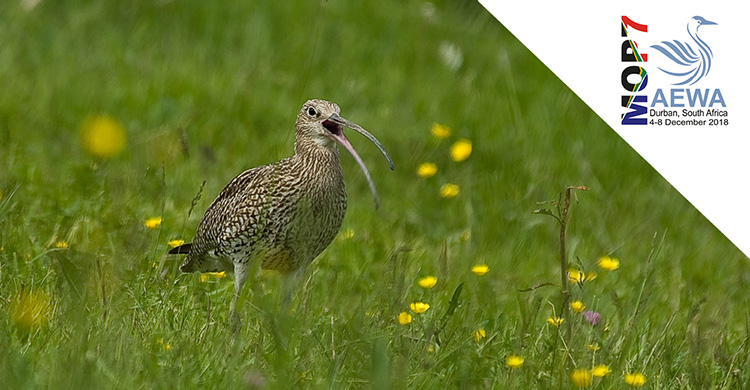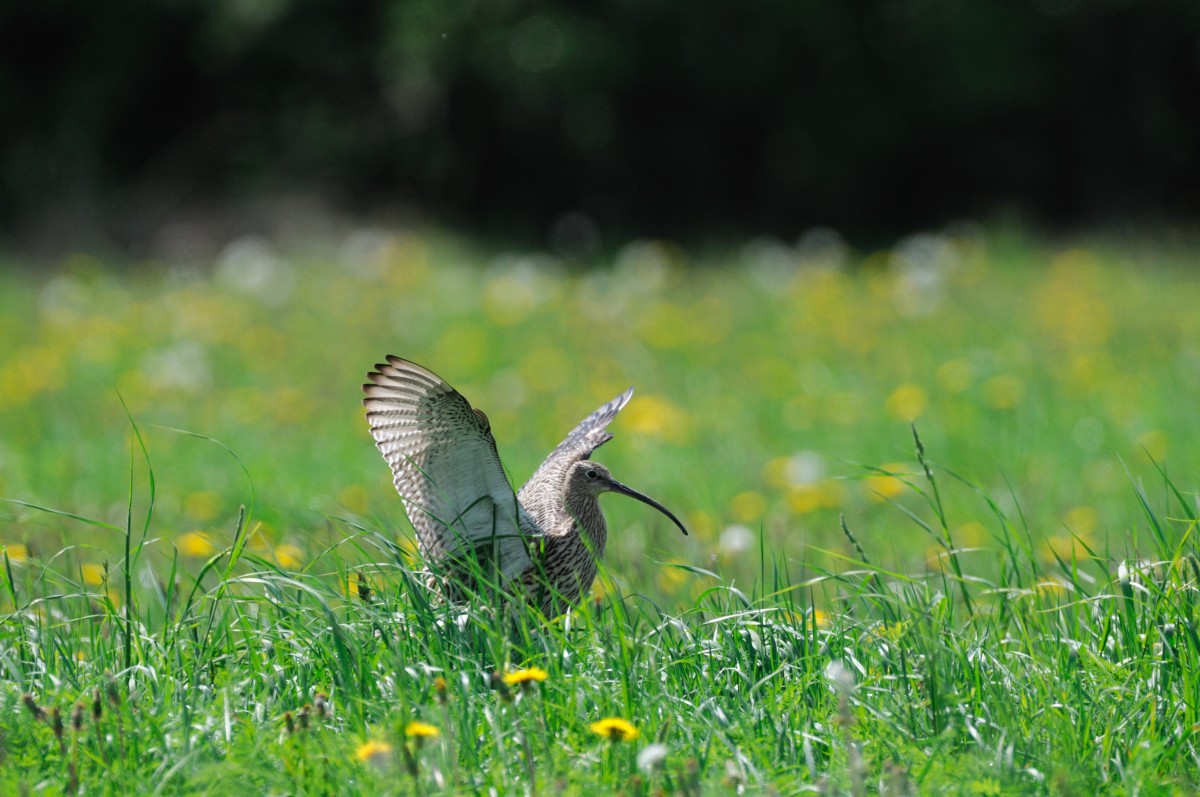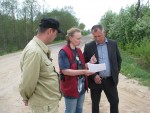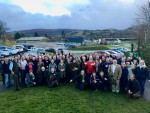Showcasing Action for AEWA Priority Species: Eurasian Curlew

Eurasian Curlew (Numenius arquata) © Maurice Benmergui
Article submitted by Daniel Brown, Coordinator of the AEWA International Working Group for the Eurasian Curlew, RSPB
Eurasian Curlew – People Working Together to Save Europe’s Largest Wader
Bonn, 5 December 2018 - The AEWA International Singles Species Action Plan for the Conservation of the Eurasian Curlew was published in 2015 and runs until 2025.
On breeding grounds across northern Europe, research has identified the main drivers of population decline as low breeding success (through loss of nests and chicks to agricultural practices and predators) alongside the loss, fragmentation and degradation of breeding habitats. The impact of continuing hunting in France could pose a serious additional threat for declining breeding populations.
Recent conservation highlights include many projects utilizing technology to improve our understanding of curlew migration routes, habitat use, and techniques to increase breeding success.
Satellite tags have been fitted to birds in Estonia, France, Germany, Poland and the Russian Federation to better understand migration connectivity between breeding and wintering areas.
Meanwhile, GPS tags have been fitted to birds in Wales to better understand issues such as habitat selection, nocturnal foraging patterns and breeding territory size.
And techniques to increase breeding success are being trialled in many countries. These include nest protection fences, head-starting1, habitat improvements and controlling certain predator species. These emergency measures are often being deployed in areas with extremely low breeding success and for populations suffering steep population declines - to stave off regional and national extinctions.
“This is hugely encouraging and there are some amazing individuals out there championing the curlew’s cause. We need to build on this momentum, and desperately need more funding in order to better understand the many, complex issue that the species faces - and come up with sustainable conservation solutions for the future.”, said Daniel Brown, Coordinator of the AEWA International Working Group for the Eurasian Curlew
People coming together in the name of curlew conservation has also been a key feature of the last few years. Several hundred people have attending workshops in the four countries of the UK and the Republic of Ireland and the International Wader Study Group conferences have increasingly brought curlew experts together to focus on conservation and research needs.
Mr. Brown mentioned also: “People and funding are critical to the future conservation prospects of the Eurasian Curlew. In recent years scientists, journalists, farmers, conservationists, poets, artists, civil servants, government and NGO staff have all been involved in various aspects of curlew research, conservation, policy formation and awareness raising.
Recently the first AEWA International Working Group meeting took place, where delegates from the breeding range states Belgium, Denmark, Estonia, France, Germany, Ireland, the Netherlands, Norway, the Russian Federation, Sweden and the UK sat alongside representatives from global NGOs including Wetlands International, BirdLife International and FACE. A workplan for the next three years was the key output of the meeting.
The International Working Group (IWG) is coordinated by a member of staff at RSPB (the UK BirdLife partner) and the IWG meeting was financially supported by the UK Department for Environment, Food and Rural Affairs (Defra) with additional support by the German Federal Ministry for the Environment, Nature Conservation and Nuclear Safety (BMU).

There are three subspecies of Eurasian Curlew. The nominate N. a. arquata is the most numerous and breeds across northern Eurasia across to the Urals. It winters in western Europe and west Africa, and is listed on Table 1 in Column A, Category 4 of AEWA.
The N. a. orientalis breeding range stretches from the Urals eastwards, across temperate latitudes of Siberia, extending just to the west of Lake Baikal. There appear to be three distinct migration routes amongst N. a. orientalis birds. It is listed on Table 1 in Column A, Category 3c of AEWA.
Lastly, the rare N. a. suschkini is listed on Table 1 in Column A, Category 1c, and breeds on steppes to the south of the Urals in the Russian Federation and Kazakhstan and is thought to winter mainly in Africa – but little is known about this rare subspecies and most of the actions in the ISSAP relate to research.
Further Information
AEWA International Species Action and Management Plans are one of most vital and practical tools under the Agreement for the conservation and sustainable use of those migratory waterbirds which have been prioritized for coordinated international action. Following extensive and inclusive consultations these Plans are adopted by the Meeting of the Parties and represent the quintessence of AEWA: cooperation across borders for a common defined goal. AEWA International Species Working and Expert groups are subsequently convened by the Secretariat to coordinate and facilitate Action and Management Plan implementation.
The dedicated implementation of International Species Plans often has far-reaching consequences beyond the immediate benefits for the main target species. This includes but is not limited to the restoration and sustainable management of critical sites and wider landscapes, increasing capacity-building and awareness-raising, diminishing illegal killing and ensuring that any use of migratory waterbirds is sustainable as well as providing alternative livelihoods. For more information on how you can support the implementation of AEWA International Species Plans, please contact the UNEP/AEWA Secretariat (Ms. Nina Mikander) or visit the CMS Family Migratory Species Champion Programme website.
1 Head-starting is a conservation technique to increase the breeding success of a population. The process involves collected eggs from the wild, bringing them inside and incubating them artificially, then the chicks are hand-reared, and then they are released back into the wild.
Dernière mise à jour le 05 December 2018







